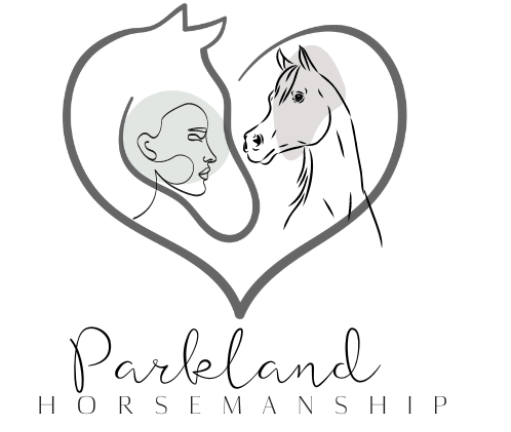Trust is essential in building strong and lasting relationships between you and your horse, with desensitization training being one key way. Groundwork exercises incorporating desensitization techniques as well as leadership methods are one way of building this confidence.
Trust building takes time, so be patient and kind as you work to establish it with your horse. Pushing too hard could scare them and break that bond between horse and rider.
1. Walking Over a Tarp
This exercise can be extremely helpful for building the confidence and relationship of horses, encouraging them to move their forequarters and yield to pressure while maneuvering between a series of ground poles.
Start this exercise by placing the tarp on the ground, gradually drawing it closer to your horse until he or she feels safe with exploring something unfamiliar or scary while maintaining confidence in themselves. This exercise is sure to test their courage!
Once the horse has learned this safely, you can start leading them without using a rope to build even greater trust between both of you. Over time, this will enable you to tackle any type of obstacle course together more easily – and more likely remain calm under pressure!
2. Putting Your Feet on a Pedestal
Liberty work allows your horse to move freely without physical restraint, creating an opportunity for deeper connection and communication through precise cues. Liberty also helps relax their nerves through desensitisation techniques that develop an atmosphere of trust that opens them up to new experiences.
This exercise presents one of the more difficult challenges as it strips your horse of his sense of vision, potentially frightening him in the process. But this teaches them that every cue has value even if they cannot see it!
Trust building exercises for horses are invaluable. Take the lead rope completely off their neck or loosely secure it over their neck and ask them to follow your directions – either completely or loosely over their neck – until they follow you without hesitation. It may take time, but this exercise demonstrates their trust in you as their leader who they rely on for safety and follow through on directions given them by you.
3. The Touch Game
Goal of This Exercise is to get your horse to follow you no matter what comes along, which can help build their confidence when in unfamiliar environments.
Place objects throughout the arena or field that lie directly on or near your horse’s path of travel. Point your rope-hand, and allow him to approach them until he reaches an object you want him to stop at – practicing this until your horse knows you will not punish him for stopping there.
Trust is at the core of communication between humans and horses, providing a foundation for building long-term relationships based on mutual respect and understanding. By taking time to develop it with your horse, you’ll reap its rewards as both an eager partner and enjoyable ride!
4. Leading Exercises
Leading exercises form the cornerstone of groundwork, building trust between you and your equine partner through effective communication and prompt response to both physical and verbal cues, providing balance and flexibility while improving physical balance and fitness.
Starting With Lateral Flexion
Position yourself shoulder-to-shoulder (your right shoulder with his left) with your horse and apply gentle lead rope pressure, asking them for lateral flexion. This encourages flexibility and softness throughout their neck and body, improving their ability to turn and manoeuvre smoothly and comfortably.
Step two is bending exercises, slowly building responsiveness and suppleness over time. Be patient as you build trust between horse and rider – be consistent in praise or deep scratches to reinforce them for their efforts!
5. Obstacle Courses
Trust is key when blindfolding a horse. Horses rely on all their senses for survival and taking away sight can be quite the challenge – however this exercise can be an invaluable opportunity to develop it further! Blindfolding them is also an excellent way to build his relationship with you as his caretaker and teach him to trust you more fully.
Obstacle courses were traditionally utilized to improve overall fitness among soldiers and sailors before battle or to strengthen physical abilities generally. These set obstacles, known as un parcours, would test an individual’s strength, courage, endurance, and willpower.
Building an obstacle course can be an engaging activity for kids to practice fine motor skills while expanding their imagination. Furthermore, creating their own course helps teach problem-solving in real time while strengthening resilience.

